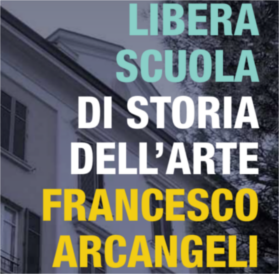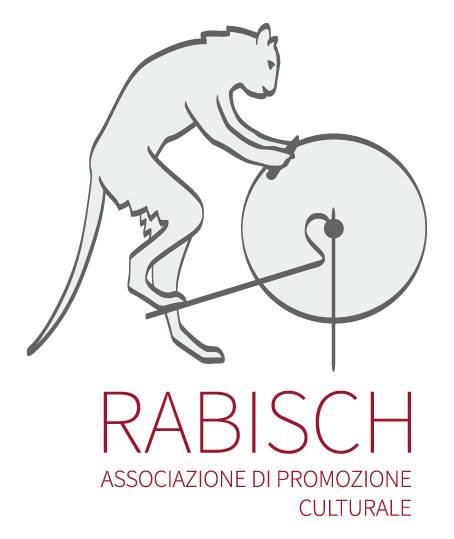HISTORY
The Abbey of San Basilde is located in Lesignano de’ Bagni, a small town in a hilly area, not far from the city of Parma. The road that reaches the abbey, called the Pass of Lagastrello, has been historically important in travel between Parma and Tuscany, particularly by pilgrims, merchants and artisans who lodged at Benedictine monasteries. The basilica was founded by San Bernardo degli Uberti, a Vallombrosan monk and Bishop of Parma from 1109, who moved the monastic community to the isolated hill of Badia Cavana. As is the case for many Romanesque sites, there is little documentation about its production, leaving us without a precise chronology of construction, though it is mentioned in one document as early as 1115. An additional document mentions damage from an earthquake in 1117, which required at least some reconstruction, adding a narthex to the façade, which was not part of the original structure.
ART-HISTORICAL NOTES
The abbey’s architecture follows the Vallombrosan prototype, with a single nave, projecting transept and a semicircular apse. The porch added in the twelfth century has two arcades with a loggia above, decorated with capitals featuring the evangelists. Going inside the church, we find a double staircase along the lateral wall, descending to the crypt where the relics of San Basilide can still be found today. The cloister is along the west side of the building, today engulfed by surrounding structures and thus not accessible. To the south of the church are the refectory and the Chapter House, while the sepulchral crypt of the abbots and the monks’ entrance are on the north side. Like most churches in Emilia-Romagna, the church is built from local stone, cut in precise ashlar blocks in a perfect curtain wall of opus quadratum.












